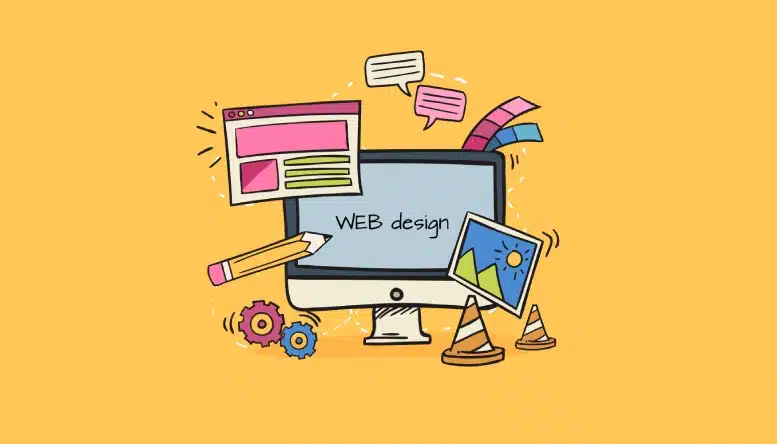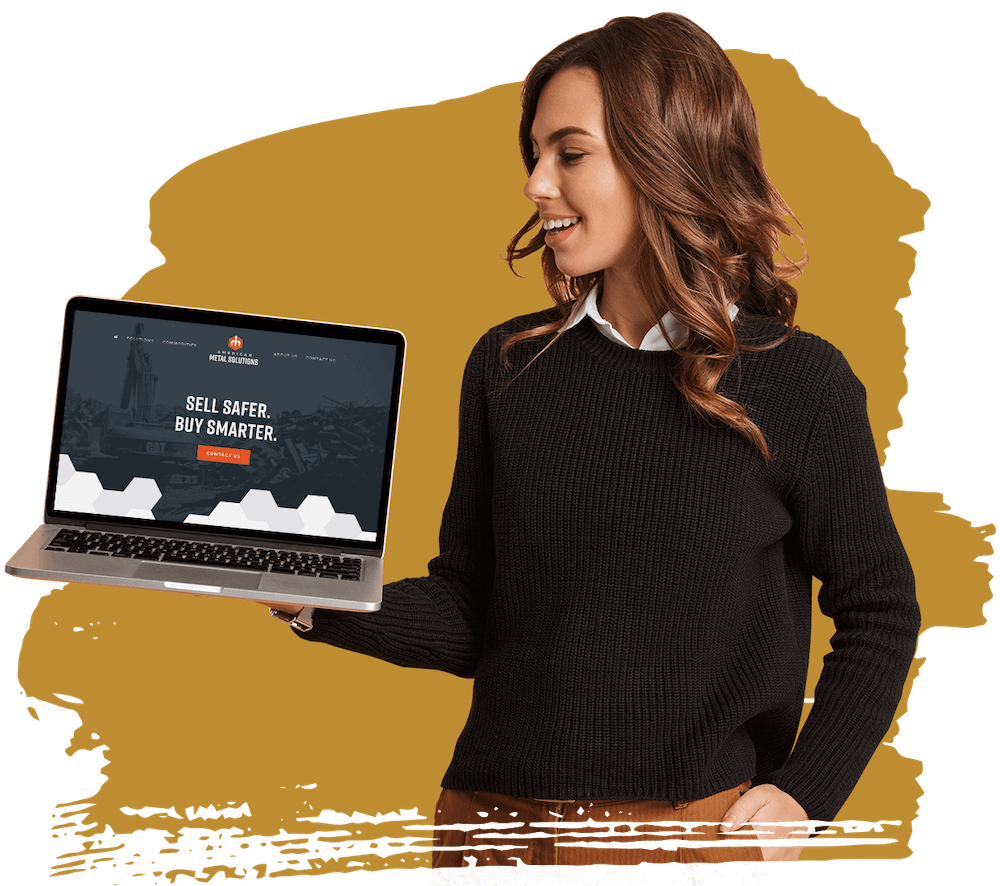Aligned Position Web Design: Expert Web Design Strategies for Achieving Business Goals Online
Aligned Position Web Design: Expert Web Design Strategies for Achieving Business Goals Online
Blog Article
The Finest Sorts Of Website Design to Improve Individual Experience and Interaction
In the ever-evolving landscape of digital interaction, the efficiency of Web design considerably impacts customer experience and engagement. Different style techniques, such as minimal, responsive, and interactive layouts, each offer special benefits that can provide to varied user needs.
Minimal Web Design
As electronic landscapes end up being progressively cluttered, minimal Web style has arised as a powerful strategy to improving individual experience. This layout approach prioritizes simpleness, concentrating on crucial aspects while getting rid of unneeded interruptions. By utilizing enough white space, straightforward navigation, and a limited color combination, minimal layout promotes quality and directs user focus to vital content.
The core concept of minimal website design is to produce a smooth communication for users. By lowering cognitive lots, customers can quickly grasp information without feeling bewildered. This direct method not only enhances use yet additionally encourages involvement, as visitors are a lot more likely to check out a website that is very easy and visually appealing to browse.
Additionally, minimal style typically highlights typography and imagery, using these elements purposefully to communicate messages efficiently. This concentrate on essential elements can boost brand identification and produce an unforgettable user experience. In significance, minimalist Web layout is not just a trend; it is a thoughtful approach that recognizes the value of user-centered layout. By removing peripheral components, developers can develop a much more engaging, efficient, and enjoyable Web experience for all users.
Receptive Web Style
In today's diverse electronic environment, responsive website design has come to be vital for producing a smooth customer experience across a multitude of devices. As individuals accessibility internet sites on smartphones, laptop computers, tablet computers, and desktop computers, the capability of a web site to adjust its layout and material to different screen dimensions and resolutions is vital.
Responsive website design utilizes versatile grids, photos, and CSS media questions to make sure that Web material is provided ideally, no matter the device made use of. This approach not only boosts the visual allure of an internet site yet also significantly boosts functionality. Individuals are more probable to involve with a site that offers a constant experience, as it gets rid of the stress of having to focus or scroll excessively.
By embracing receptive design, businesses can improve their exposure and get to a wider target market. In recap, responsive Web style is an essential practice that improves user experience, involvement, and overall fulfillment.
Interactive Website Design
Responsive website design lays the groundwork for improving individual experience, yet interactive website design takes this an action additionally by engaging users in a more dynamic method - Aligned Position Web Design. By including elements such as computer animations, clickable models, and real-time responses, interactive website design mesmerizes users, attracting them into a richer browsing experience
This technique not only cultivates involvement but likewise encourages users to explore material proactively instead than passively consuming it. Strategies such as gamification, where individuals gain rewards for Find Out More completing jobs, can dramatically boost the moment invested on a site and boost total fulfillment. Interactive features can simplify intricate information, making it more satisfying and digestible.

Incorporating interactive style aspects can also result in higher conversion prices, as customers are more probable to involve with a site that proactively entails them. Aligned Position Web Design. Inevitably, interactive Web design transforms customer experiences into memorable trips, making sure that site visitors return time after time
Apartment Design
Defined by its minimalistic method, level layout highlights simplicity and capability, stripping away unneeded components and focusing on crucial functions. This design ideology focuses on usability, guaranteeing that customers can navigate interfaces easily and performance. By using a tidy aesthetic, flat style gets rid of the mess typically located in much more elaborate styles, thus boosting individual concentrate on content and functionality.
The hallmark of level design hinges on its use strong colors, basic typography, and geometric shapes. These components add to an aesthetically enticing interface that is both approachable and modern. Additionally, flat design promotes a sense of clarity, enabling individuals to recognize necessary activities and details without interruption.
In addition, flat layout find here is especially reliable in responsive Web layout, as its simpleness equates well across numerous tools and screen sizes. By focusing on vital features, flat style not only meets user requirements yet also encourages smooth interaction, making it an essential component of reliable Web design techniques.
Adaptive Web Layout
Flexible website design personalizes the customer experience by producing several fixed formats tailored to various display sizes and gadgets. Unlike receptive layout, which fluidly changes a single format, adaptive style utilizes distinctive designs for specific breakpoints, making certain optimal discussion on various platforms. This strategy allows developers to concentrate on the distinct qualities of each tool, improving functionality by supplying precisely what customers require based upon their context.
One of the key advantages of flexible Web design is its capacity to optimize tons times and efficiency. By offering customized material and images that fit the user's device, internet sites can lessen information usage and boost loading speeds. This is particularly useful for customers with slower links or limited information strategies.

In addition, adaptive style helps with an extra regulated and consistent branding experience. Given that designers develop numerous designs, they can guarantee that the aesthetic components align with the brand's identification across different systems - Aligned Position Web Design. This results in a cohesive individual experience, enhancing engagement and advertising customer retention
Conclusion
Minimal style fosters clearness and emphasis, while responsive design makes dig this certain versatility throughout numerous gadgets, promoting ease of access. Collectively, these layout approaches add to the development of straightforward settings that not only improve contentment yet also drive greater conversion rates, underscoring their critical value in contemporary Web style approaches.

Minimal layout promotes clarity and emphasis, while receptive design guarantees adaptability throughout different tools, promoting ease of access. Jointly, these design approaches contribute to the development of easy to use environments that not just improve contentment however also drive greater conversion prices, underscoring their critical importance in modern Web style strategies.
Report this page